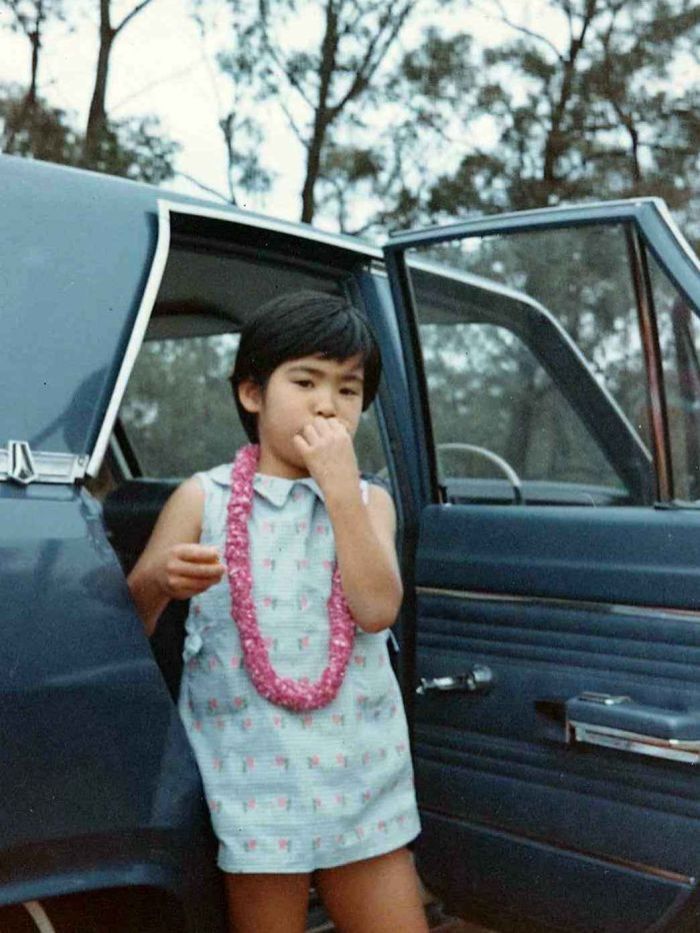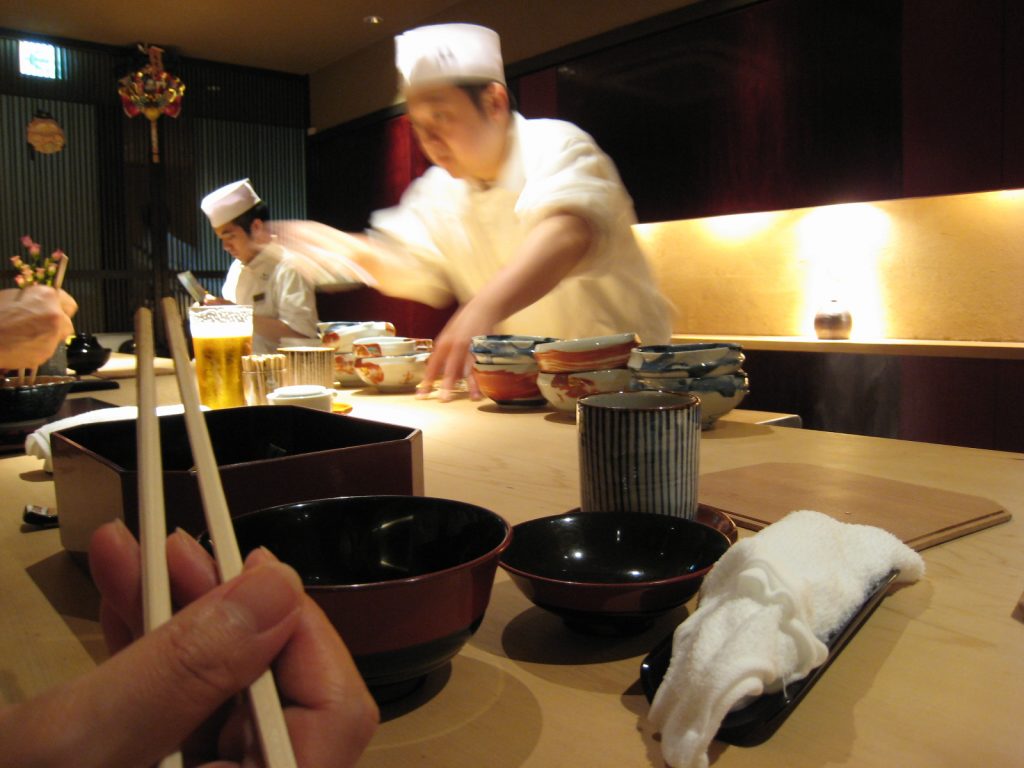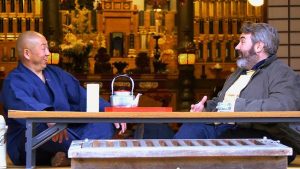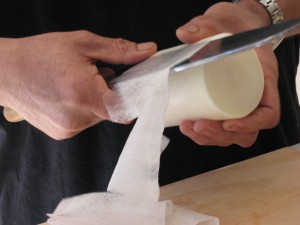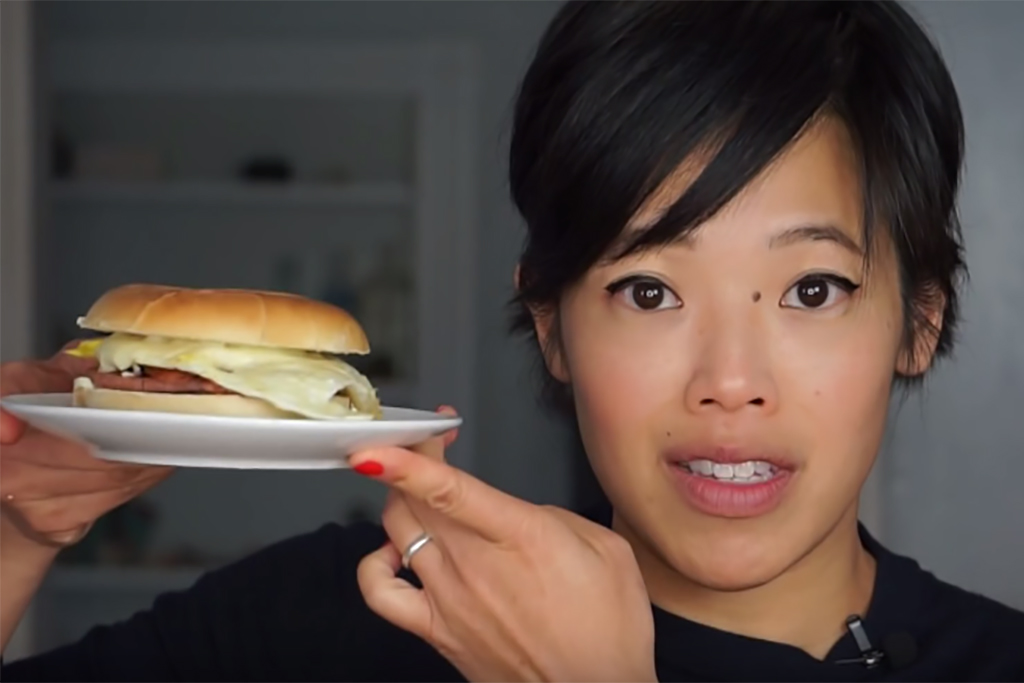
My go to food vlog of the moment is emmymadeinjapan by Chinese American Emmy Cho, who began her vlogging career in Japan, hence the ‘made in japan’. While she occasionally cooks and reviews Japanese food like ramen or sushi bake (OMG!), she actually makes, bakes, tastes anything from military ration packs to tarantula in a can, all with what feels like a wholesome interest and genuine enthusiasm for food, which I find just addictive.
I sense no irony or grandstanding, no need for one upmanship…the camera’s almost constant head on frontal view is suggestive of Emmy’s earnestness, but she never takes herself too seriously. How can she, when she’s heating up and tasting hamburger in a can.
But the consensus among fans is that Emmy has excellent culinary skills. Her deft maneuvering between can opener to knife to food processor is a dead give away. And some recipes are really worth trying, like the jiggly cheesecake. I watch too many amateur foodies and wannabe influencers, but Emmy’s the real deal.
As a late night youtuber, I find Emmy’s lilting voice enticing. When I watch her, the Japanese word mujaki – wide-eyed innocence – comes to mind…she’s the embodiment of her own mantra..’stinkin’ cute’. Emmy feels like a manga character, her effervescence and energy and positivity barely contained inside the facebook video post or youtube screen…and just like I learned a lot from reading Oishinbo manga series in the 90s, I’m learning a lot from emmymade‘s food adventures, all shot within the confines of her kitchen.
I still love Jamie Oliver and Padma Lakshimi’s pretty awesome, but emmymade is just perfect lockdown viewing with something for nearly everyone, with channels such as: military ration tastings, Japanese candy kits, international food tastings, prison recipes, product tests, including vintage gadgets, copycat recipes.
Check her out. She’ll make you smile, ‘stinkin’ cute!’

